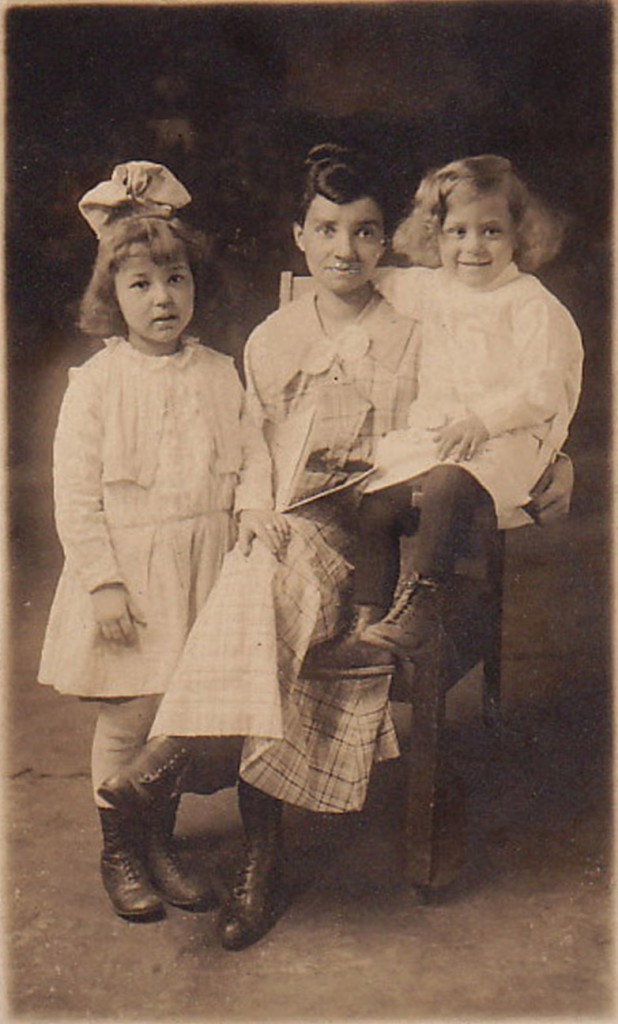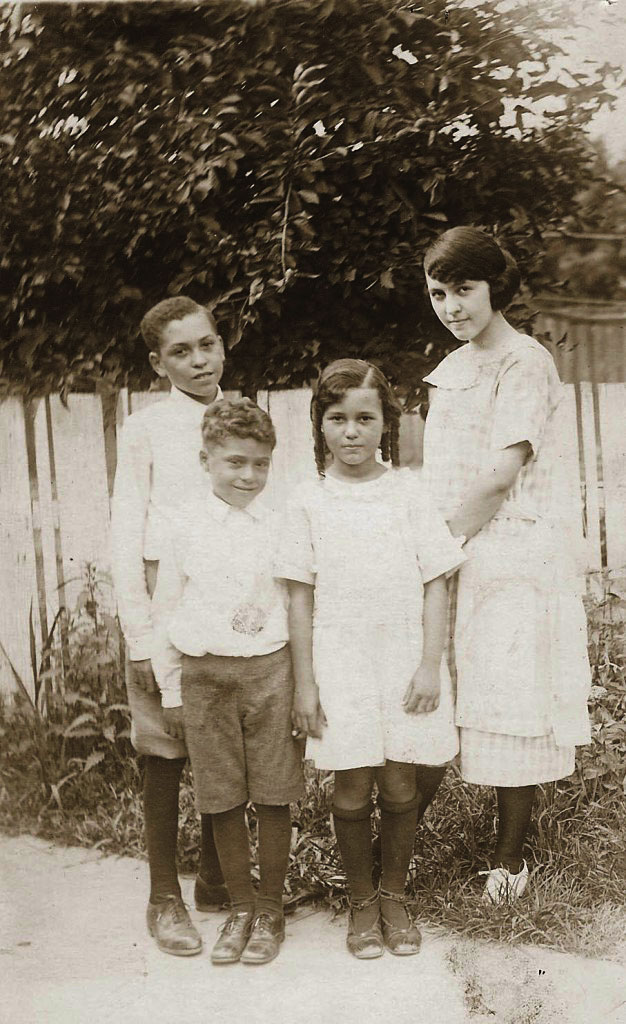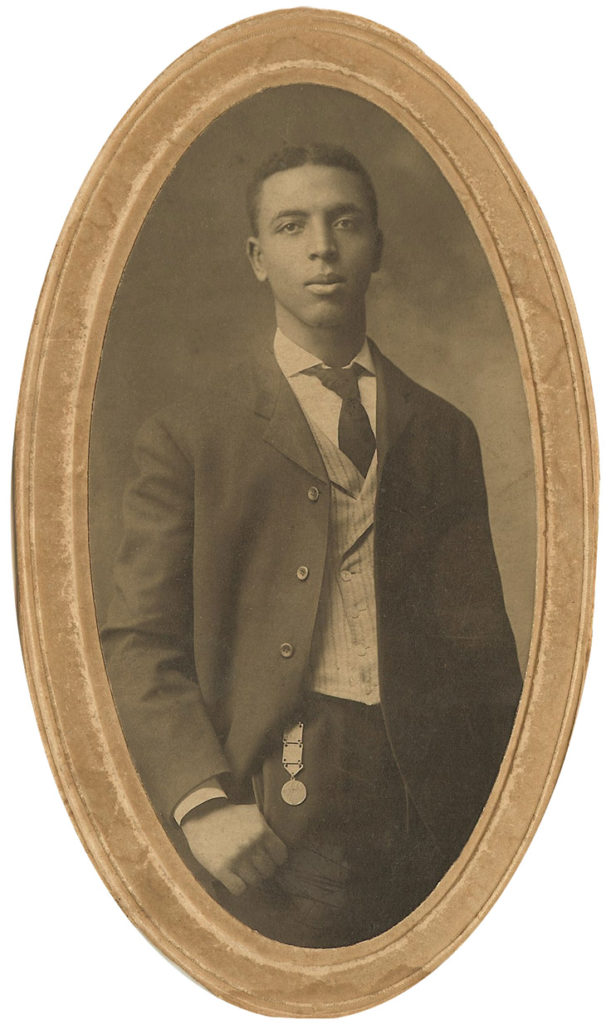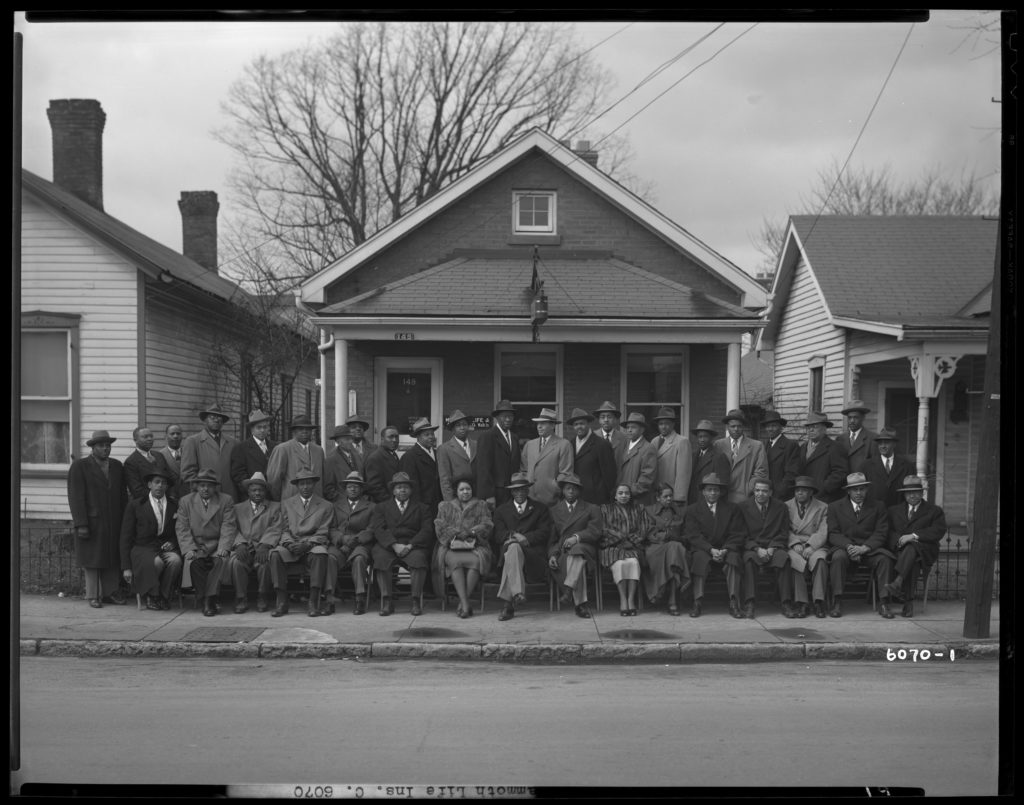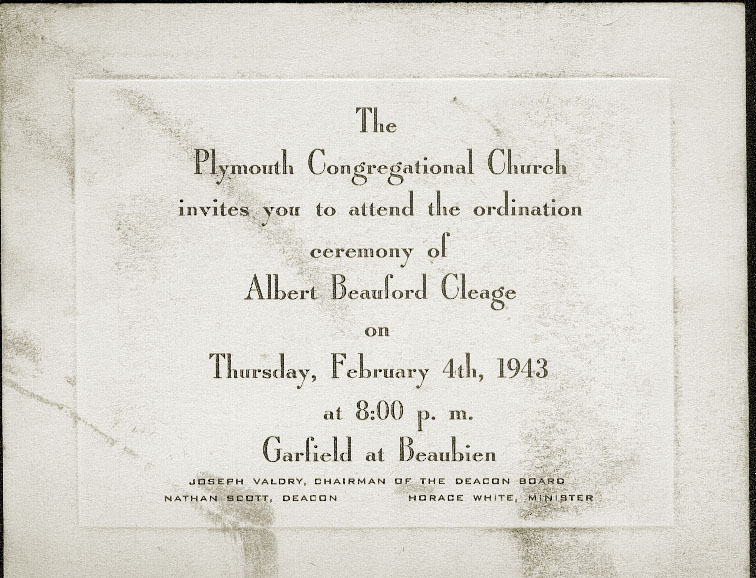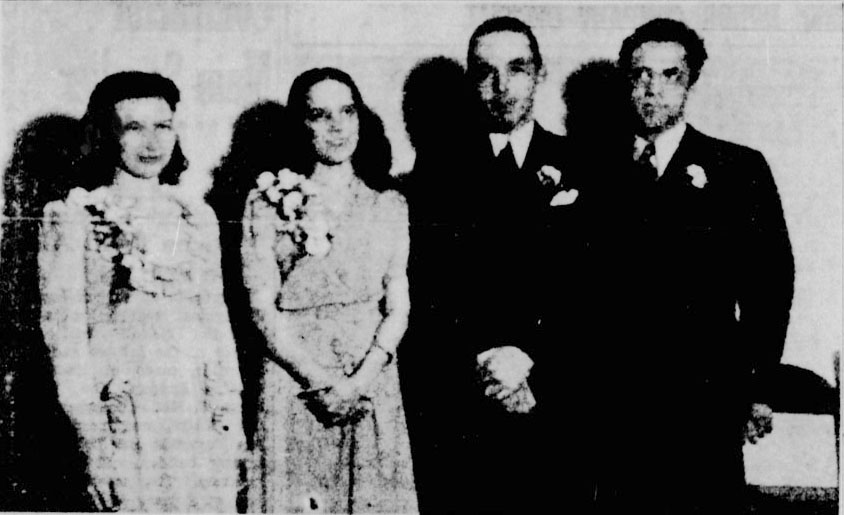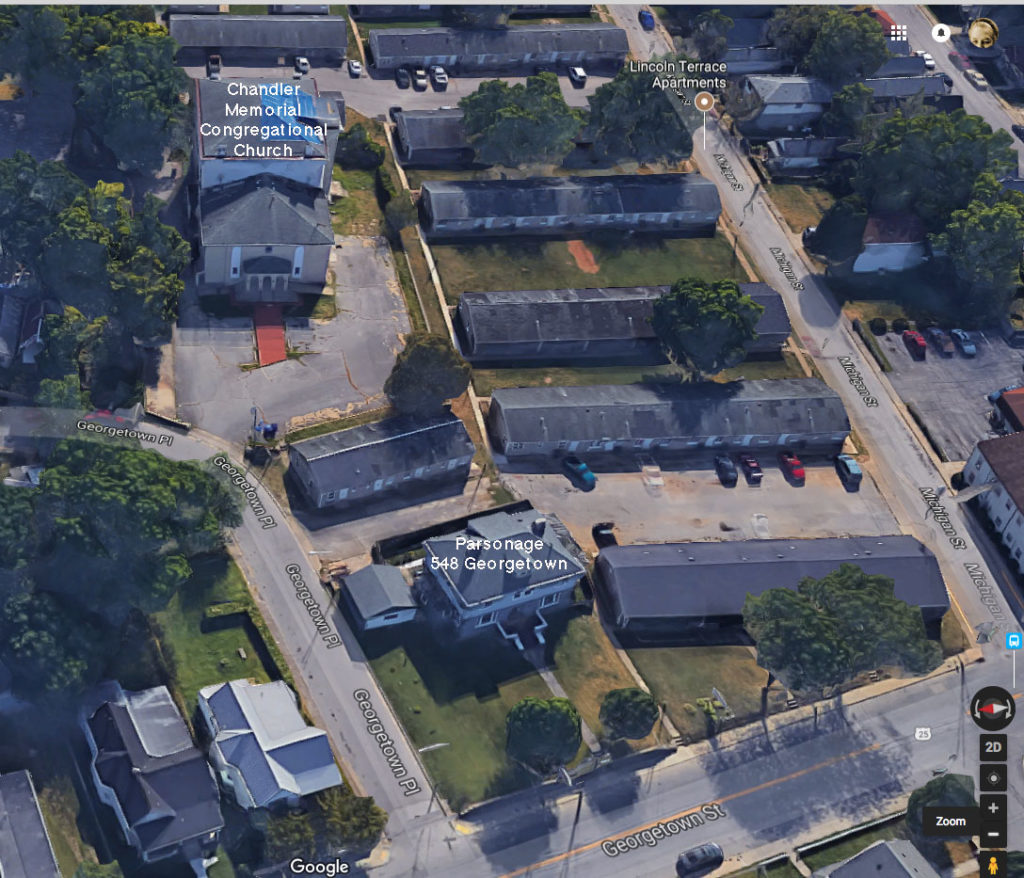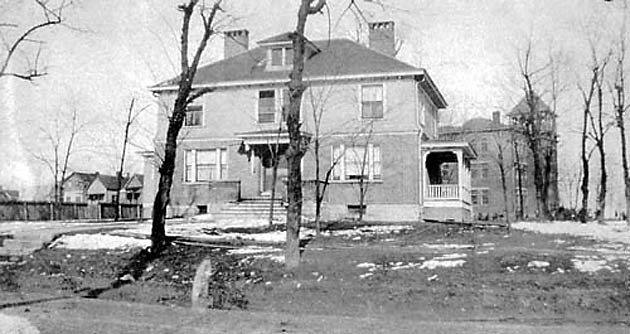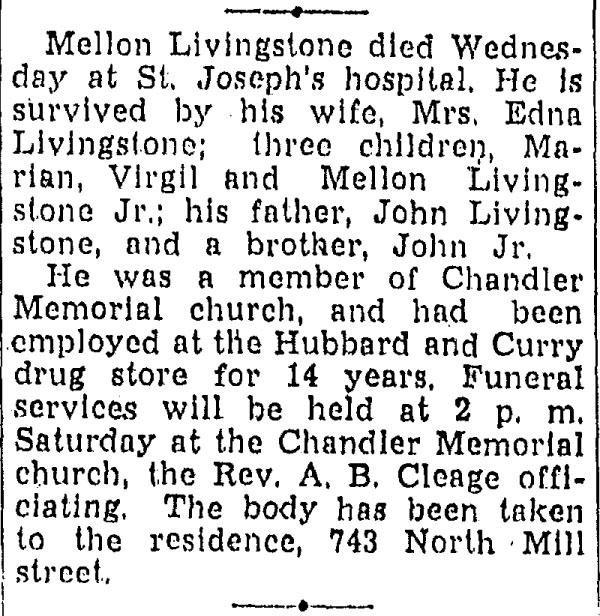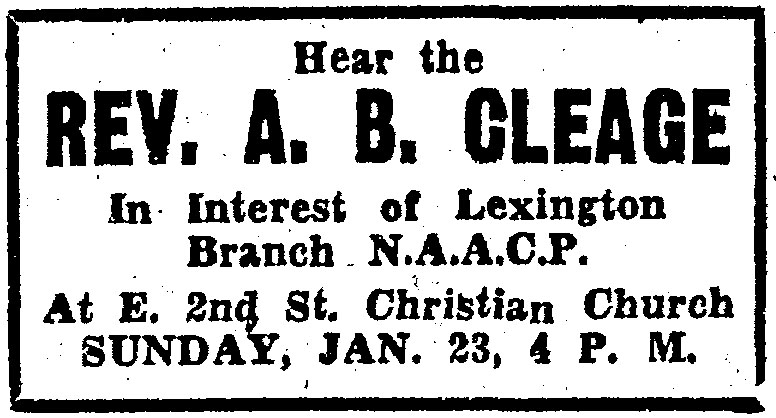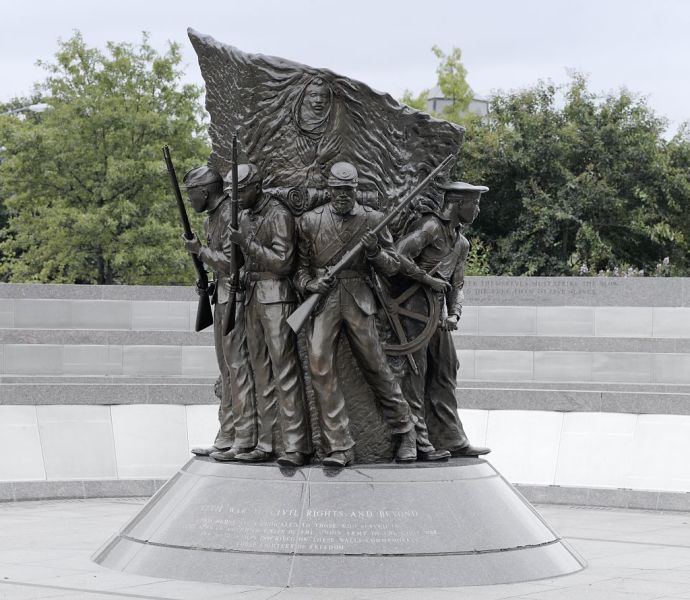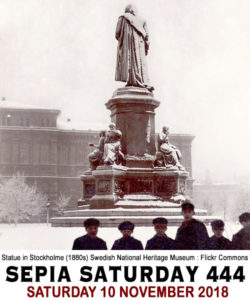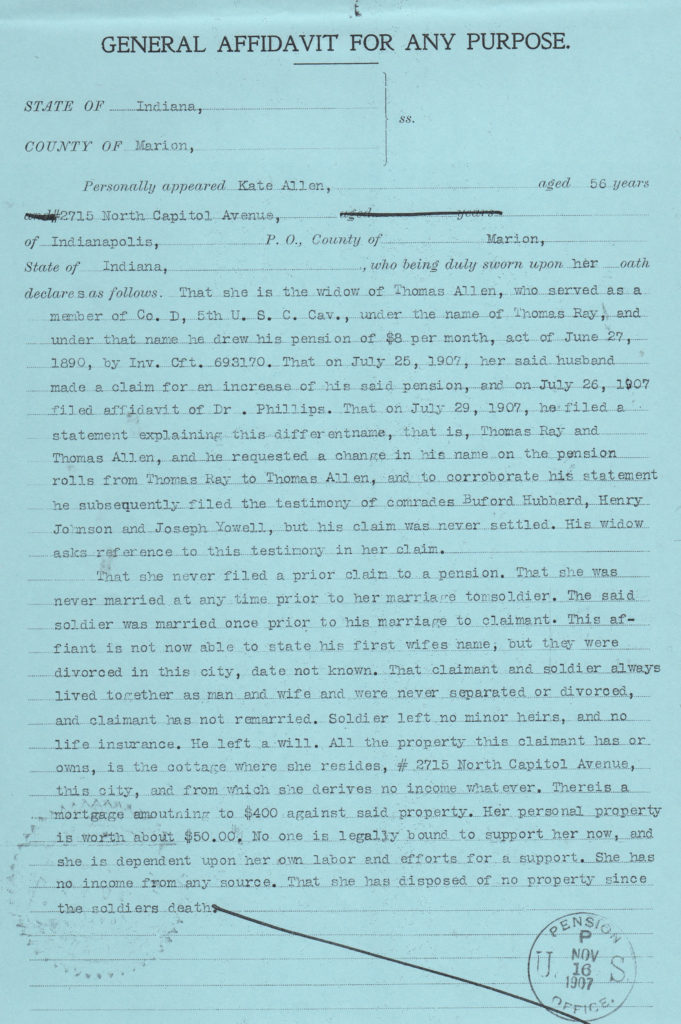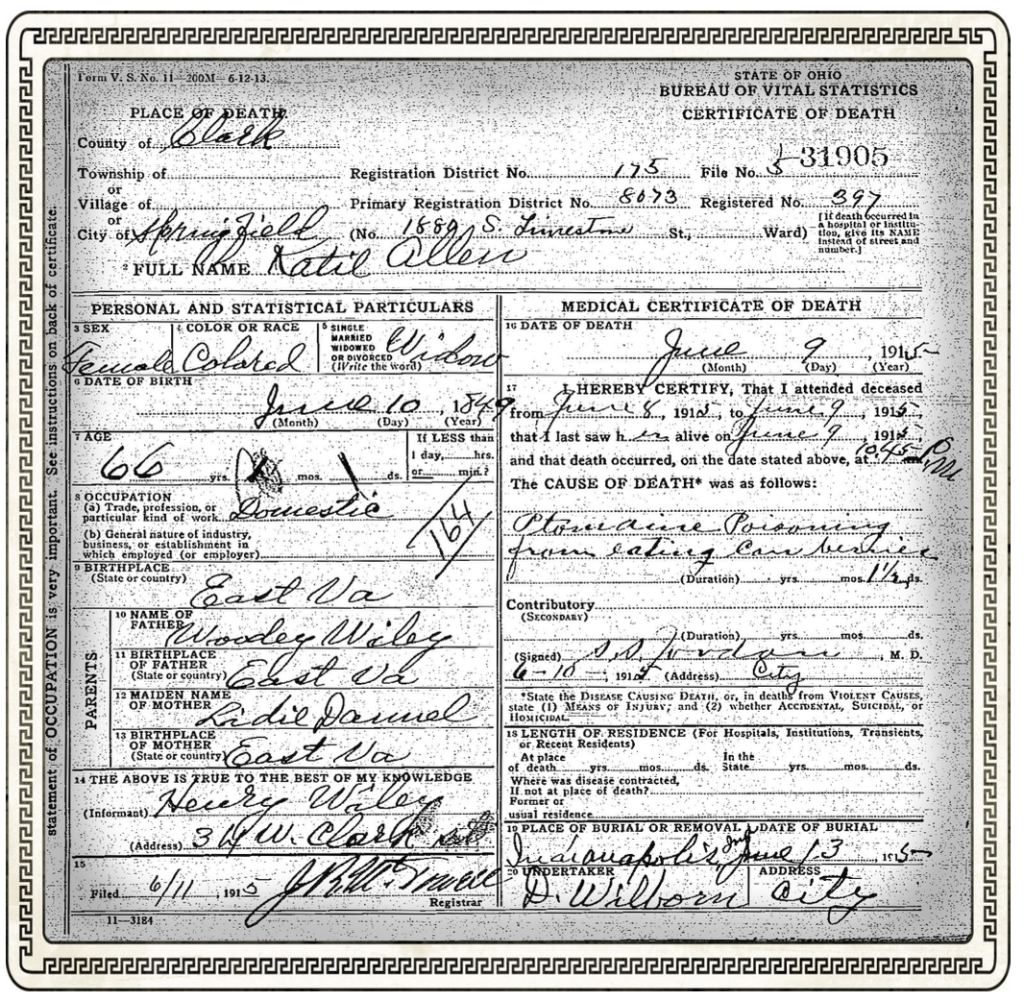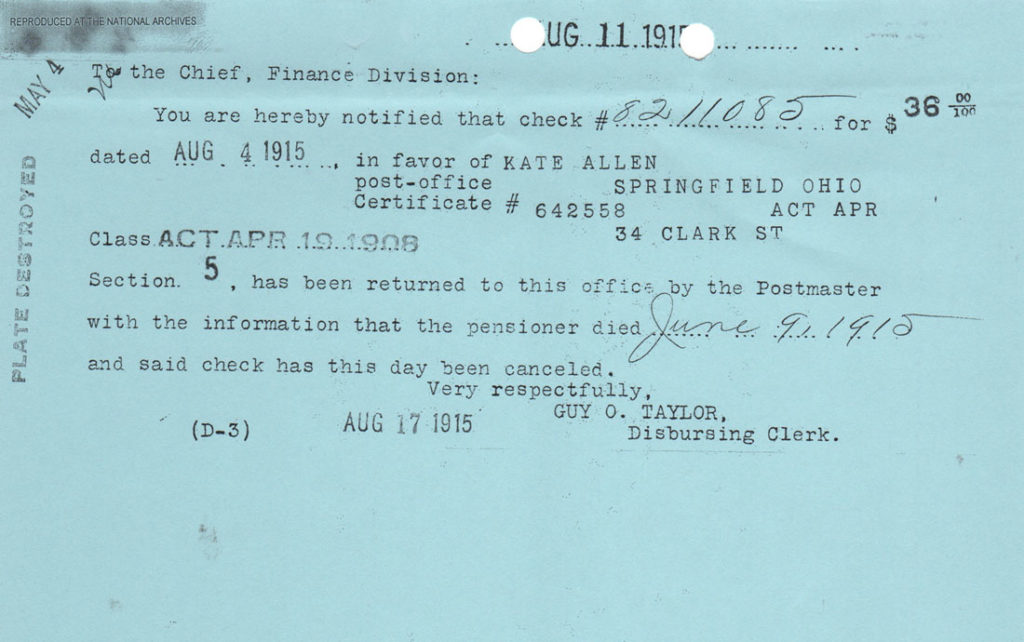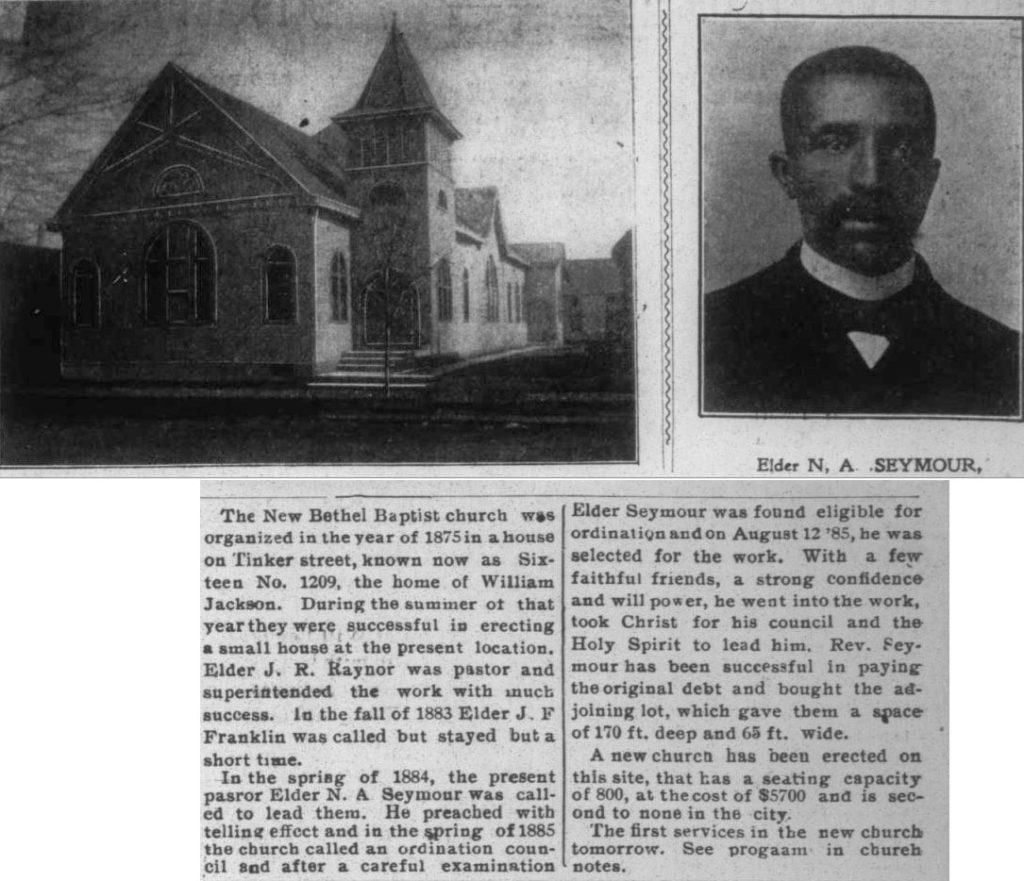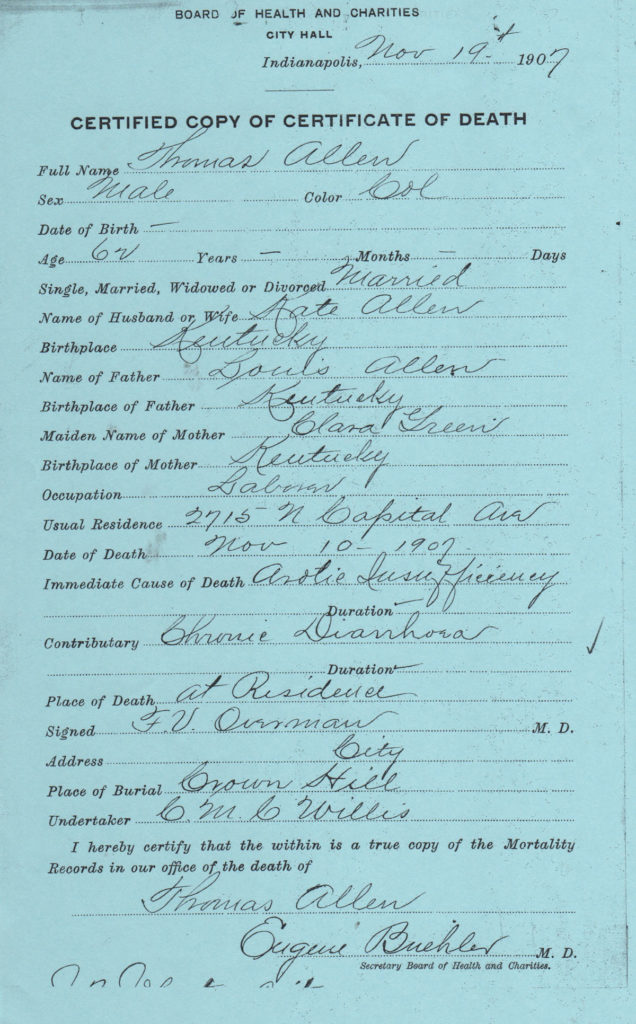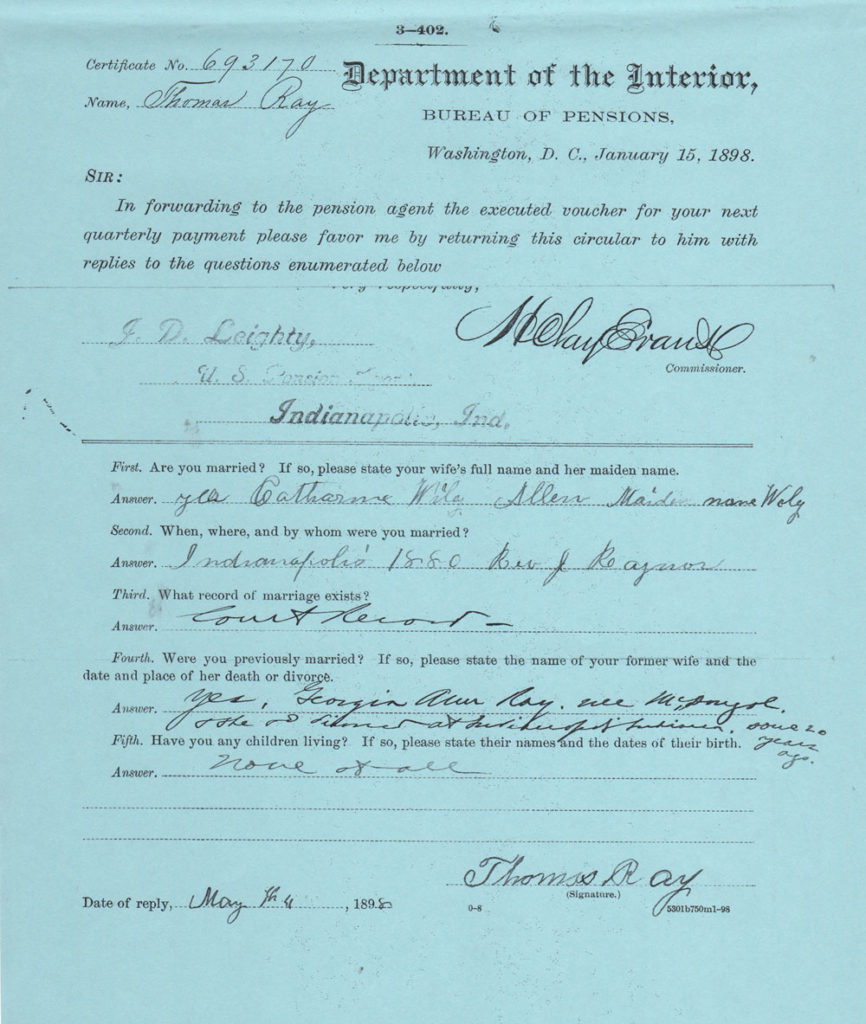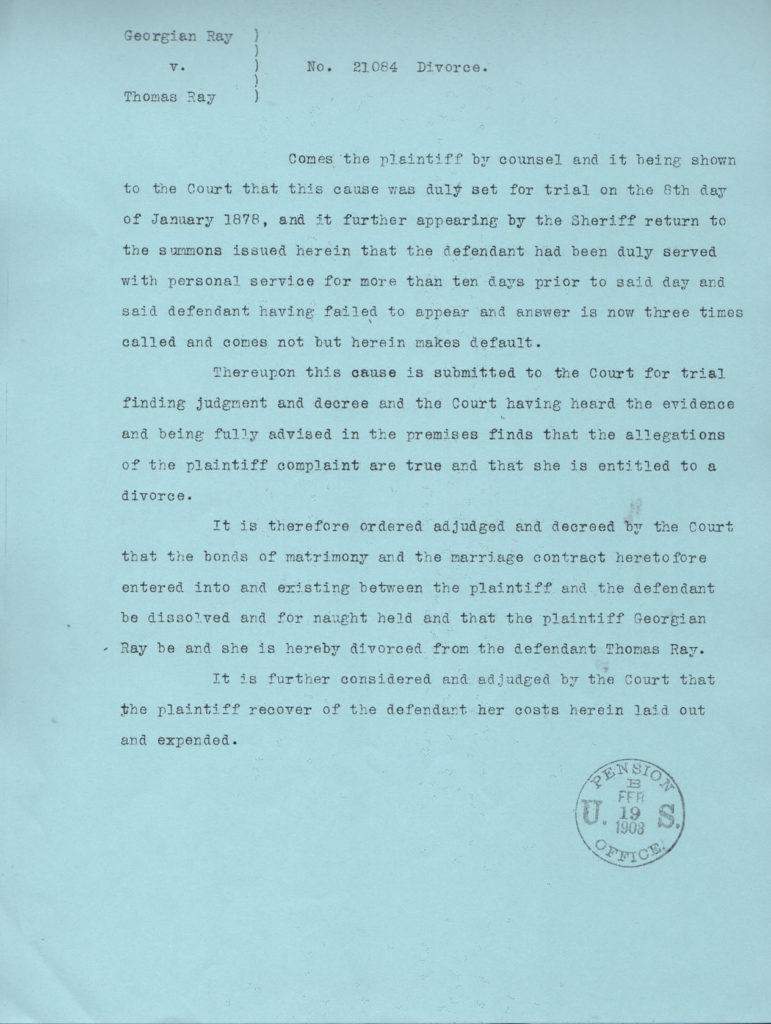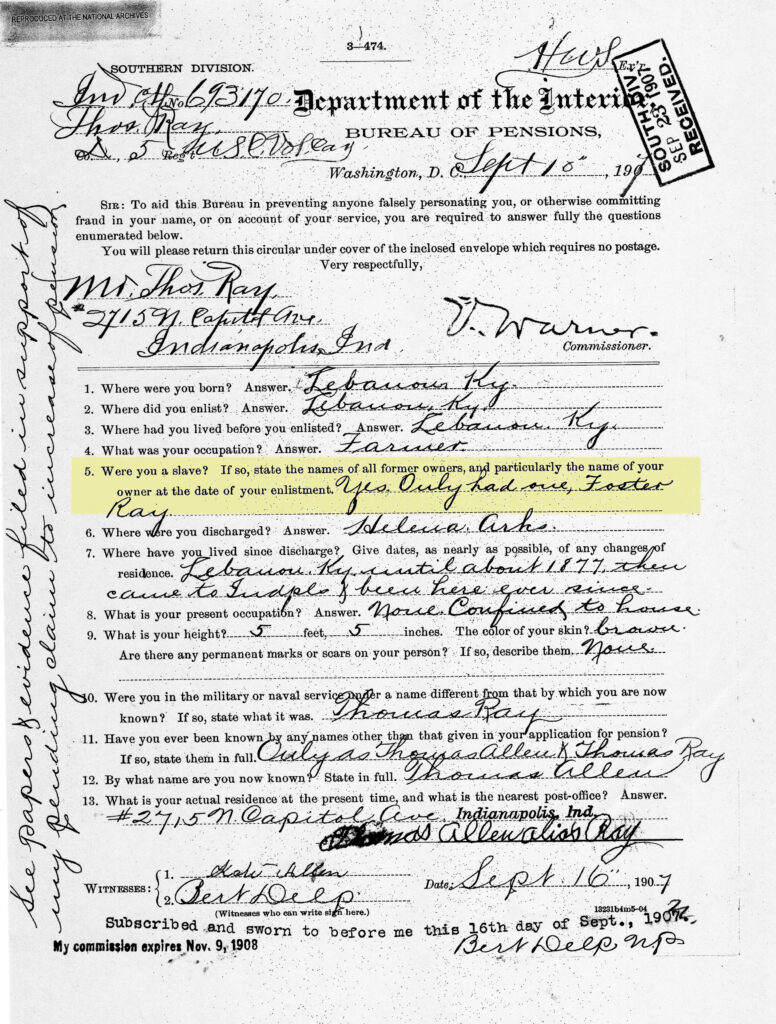For this year’s A to Z Challenge, I will be posting an event for that date involving someone in my family tree. Of course it will also involve the letter of the day. It may be a birth, a death, a christening, a journal entry, a letter or a newspaper article. If the entry is a news item, it will be transcribed immediately below. Click on photographs to enlarge in another window.
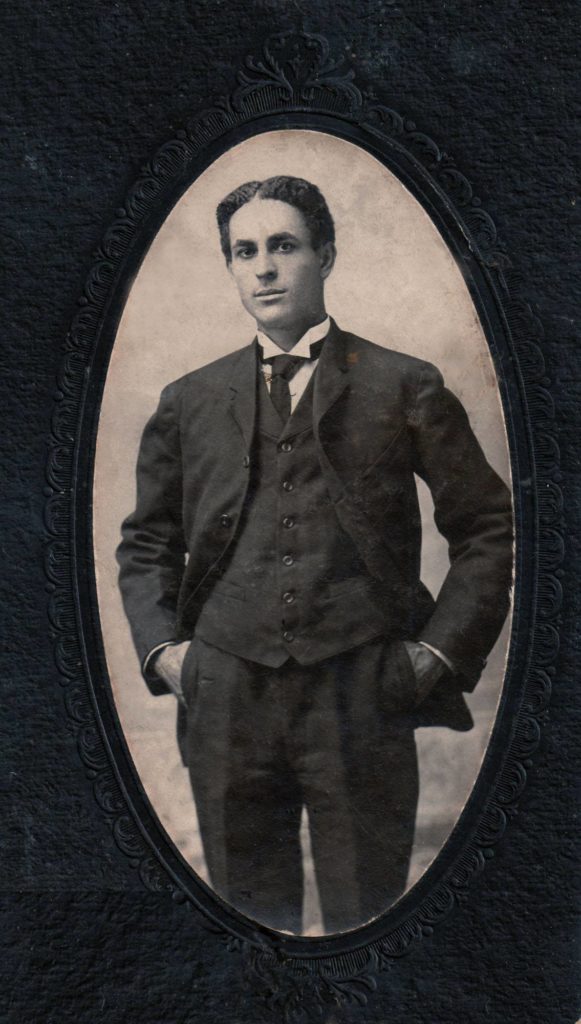
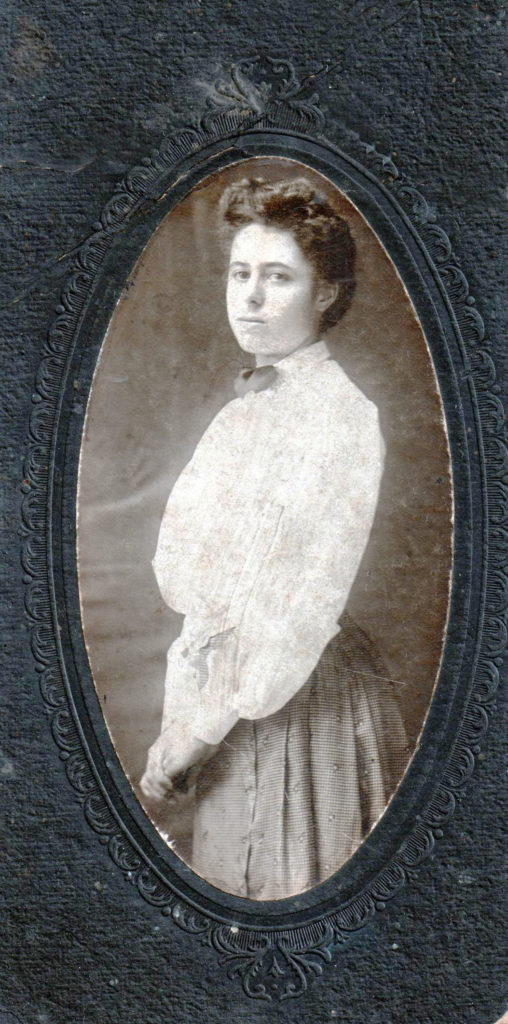
My grandmother Pearl’s older brother, Hugh Marion Reed was born April 23, 1876, in Lebanon, Marion County, Kentucky. His family moved to Indianapolis and he grew up there. His later years were spent in Los Angeles, California.

His older siblings George and Sarah were in Indianapolis by 1887. His mother, Anna, and the rest of the family were there by 1892. That would make Hugh between 11 and 16 when he moved to Indiana.He finished the eighth grade and worked as a laborer for several years before enlisting in the US Army at age 22. He was discharged on November 13, 1898 in Willets Pointe, Queens, New York and joined the US Navy a month later. He worked as a Coal Passer on the USS Newark. The Newark saw action in South America and Asia. In 1900, Hugh was in China. He left the Navy the following year in Boston, Massachusetts. He returned to Indianapolis, Indiana and resumed life as a civilian.
In 1906 he married Blanche Celeste Young. The occupation listed on the marriage license was janitor. Their oldest daughter Anna Roberta was born in 1907. Hugh junior was born in 1910. Theresa Pearl was born in 1913 and Thomas Perry, the youngest, was born in 1916.
I could not find a death record for him or any member of his family. Then, I got a phone call from my cousin’s husband Eric, (a fellow researcher and a very good one!). He told me to check my messages on Ancestry.com and waited while I did. Now, he never calls so I knew this had to be big. It was. He had found Hugh’s death record and the reason we couldn’t find him. Hugh’s name on the death record was listed as Hugh Reed Averette. The family had moved to California, changed their name and decided to fade into the white population by “passing”. Averit was the last name of Hugh, Minnie, Clarence and my grandmother Pearl’s birth father – Buford Averit, a doctor with an office in nearby Bradfordsville Kentucky. As far as I know they never shared a house and there are no family stories that he supported his children or made life easier for Anna. In fact, I know nothing about the nature of their relationship except that they had 4 children together. Hugh was the first of the children. There are no contemporary records that prove this relationship, but DNA matches between me and descendants of Buford’s siblings provide proof in addition to family memories.
Hugh Reed Averette died on November 13, 1951.

More About Hugh
Hugh Marion Reed Averette – Navy Experience
Oct. 29, 1905 – A Walk Into the Country, A New Aqueduct And A New Post Office
Training Duke – Sepia Saturday #111

